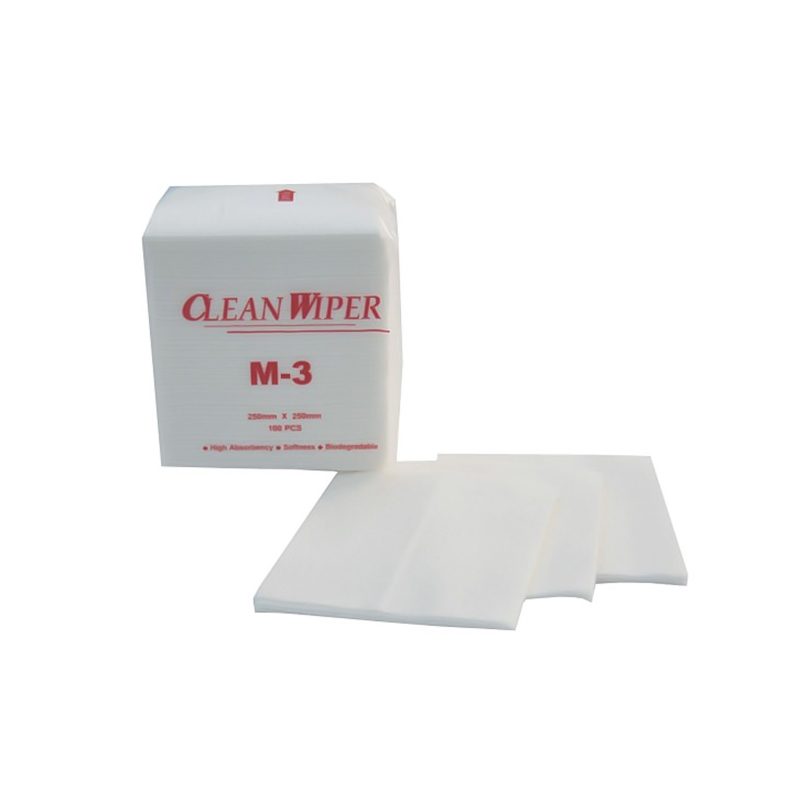Cleanroom face masks and regular face masks serve a similar fundamental purpose: protecting the wearer’s respiratory system from airborne particles and contaminants. However, these two types of masks are designed for different environments and have key differences in their construction, filtration efficiency, comfort, and use cases. Cleanroom face masks are specifically engineered to meet the strict cleanliness standards of environments like pharmaceutical manufacturing, electronics production, and research labs. In this article, we will explore the major differences between cleanroom face masks and regular face masks.
1. Design and Construction
The design of a cleanroom face mask is far more specialized and precise compared to regular face masks. Cleanroom masks are built to create a tight seal around the face to prevent contaminants from entering or leaving the mask, ensuring the highest level of protection in controlled environments.
-
Regular Face Masks: Typically, regular face masks (like surgical masks or cloth masks) are designed to offer basic protection from larger particles and to reduce the risk of droplet transmission in public spaces. They are generally made from one or two layers of fabric and are more suited for everyday use in less controlled environments.
-
Cleanroom Face Masks: Cleanroom face masks are designed with multiple layers of high-efficiency filtration materials and feature enhanced sealing around the edges. These masks are engineered to prevent even the smallest particles, such as dust, bacteria, or airborne pathogens, from contaminating sensitive environments. They often include features like ear loops, ties, or adjustable straps to ensure a secure fit.
2. Filtration Efficiency
Filtration efficiency is one of the most significant differences between cleanroom face masks and regular masks. Cleanroom face masks are required to meet higher filtration standards to prevent even micro-sized contaminants from contaminating the environment.
-
Regular Face Masks: Regular face masks are typically designed to block larger particles such as dust, pollen, or droplets. The filtration efficiency of these masks is generally much lower compared to cleanroom face masks, which makes them less effective in highly sensitive environments. Regular surgical masks typically filter out around 60% to 80% of airborne particles, depending on the design and material.
-
Cleanroom Face Masks: Cleanroom face masks, on the other hand, are engineered to offer a high level of particle filtration, often meeting standards like N95, P100, or HEPA (High-Efficiency Particulate Air) filters. These masks are capable of filtering out 95% or more of airborne particles, including fine dust, bacteria, and viruses, ensuring the integrity of cleanroom environments where contamination could compromise product quality or research outcomes.
3. Applications and Use Cases
The use cases for cleanroom face masks and regular face masks vary significantly. Cleanroom masks are intended for high-purity environments where even the slightest contamination could pose a serious risk, while regular masks are suitable for everyday public health needs.
-
Regular Face Masks: These are commonly used in everyday settings such as grocery stores, hospitals, public spaces, and by individuals looking to reduce exposure to germs, allergens, or pollution. They are suitable for general use, but not for environments where absolute cleanliness and contamination control are required.
-
Cleanroom Face Masks: Cleanroom face masks are specifically designed for environments where stringent contamination control is essential. These include pharmaceutical manufacturing, semiconductor production, food processing, biotechnology labs, and other industries that require sterile conditions. These masks help maintain the cleanliness and integrity of the environment by preventing contaminants from being introduced into sensitive spaces.
4. Comfort and Fit
Cleanroom face masks tend to have a more secure fit compared to regular face masks due to their specialized design. While both types aim to cover the nose and mouth, the tightness and structure of cleanroom masks ensure minimal air leakage.
-
Regular Face Masks: Regular face masks are often made from lightweight materials such as cotton, non-woven fabric, or polypropylene. They are relatively comfortable for short-term use but may not offer a perfect seal around the edges. This can result in air or contaminants leaking in or out, especially during physical activities or prolonged use.
-
Cleanroom Face Masks: Cleanroom masks are designed for better sealing and longer-term use in controlled environments. They typically have a snug fit, with adjustable ear loops or headbands to ensure that no air escapes around the edges. The materials used are also more rigid to prevent bending or loss of form, ensuring optimal filtration efficiency.
5. Durability and Lifespan
The durability and lifespan of a cleanroom face mask are generally longer than that of regular face masks, particularly when they are designed for reusable use in high-standard environments.
-
Regular Face Masks: Most regular face masks are intended for single-use, especially surgical masks. Cloth masks can be reused after washing, but their filtration efficiency can decrease over time with repeated washing and exposure to wear and tear.
-
Cleanroom Face Masks: Cleanroom masks are often reusable, especially those with replaceable filters. They are built to last longer and can withstand the demands of cleanroom environments where prolonged use may be necessary. These masks are typically made from more durable materials and are designed to be cleaned or maintained, ensuring they continue to meet the required filtration standards.
6. Cost Differences
Because of the advanced filtration technology, specialized design, and materials, cleanroom face masks tend to be more expensive than regular face masks.
-
Regular Face Masks: Regular masks are relatively inexpensive and can be purchased in bulk for general public use. Their low cost makes them accessible to a wide range of consumers.
-
Cleanroom Face Masks: Cleanroom face masks are significantly more expensive due to their high-grade materials and specific design for contamination control. The higher price point reflects their superior filtration, durability, and suitability for high-stakes environments.

 中文简体
中文简体 English
English Español
Español русский
русский Deutsch
Deutsch Français
Français













